
MAGNETIC FIELD THERAPY FOR PAIN




While pain affects millions of Americans every year - 1 in 4 at any given time, options for safe, effective pain management are lacking in general. This leaves those suffering from acute, chronic, and recurrent pain relying mostly on nonsteroidal anti-inflammatory drugs (NSAIDs), which increase risk of potentially fatal gastric lesions, and narcotics, which pose risk of drug dependency.
Usually, multiple concurrent treatments are required to treat chronic pain. It is rare that a single medication or treatment provides total relief for the patient suffering from recurrent or long-term pain. For this reason, more and more primary care providers are referring their patients to complementary and alternative medicine (CAM) clinics and providers to complement the treatment they’re able to provide (Institute of Medicine).
Today, there are more visits paid out of pocket to alternative medical providers than there are to primary care providers.

Acupuncture
Herbs
Supplements
Massage therapy
Chiropractic adjustments
Pulsed electromagnetic fields (PEMFs)
In addition to the treatment received from their primary care physician (like narcotics, prescription NSAIDs, and physical therapy), many patients are receiving alternative treatment concurrently to improve outcomes. These alternative treatments include acupuncture, herbs and supplements, massage therapy, chiropractic adjustments, and pulsed electromagnetic fields (PEMFs). It’s rare that a patient with chronic or recurrent pain will find relief with just a single technique.
Although this report will focus primarily on the benefits of PEMFs in pain management, it’s also important to note that static magnetic fields from permanent magnets may provide benefits too. PEMFs are better researched. While research differs in conclusions on the best methods and applications, static magnetic fields might be helpful in alleviating chronic pain in the superficial layers of the body, especially when paired with other kinds of treatments.
Magnetic fields that are dynamic or pulsed, created by specifically designed electronic equipment, are called pulsed or frequency electromagnetic fields, or PEMFs for short. PEMFs have been used for pain management and treatment of many other health conditions in Eastern Europe for decades. Much research has been done on the benefit of PEMFs in treating acute, chronic, and recurring pain in patients with musculoskeletal and other disorders.

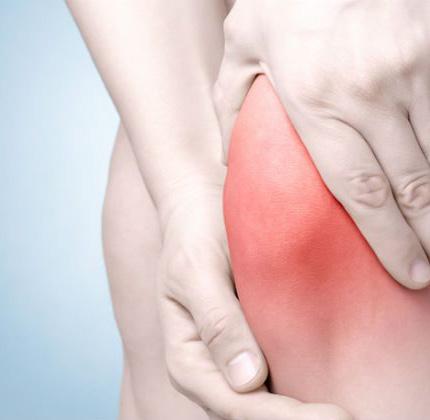
PEMFs have a direct effect on pain receptors, in some cases equivalent to the benefit of about 10 mg of morphine.
But the real, more valuable, safer, and longer lasting improvement in pain most often happens because of the healing effects of the causes of the pain.


For example, PEMFs have been found to:
REDUCE TISSUE SWELLING FROM INJURY
OR INFLAMMATION
REVERSE CHRONIC INFLAMMATION
IMPROVE CIRCULATION
Pain is the result of damage to cells, but it’s much more complex than that. Cell injury leads to a myriad of mechanisms that contribute to the development of pain, including:
SPEED TISSUE REPAIR
INCREASE ENERGY IN THE TISSUE
REDUCE MUSCLE SPASM
Improving these aspects of the causes of any pain leads to a reduction or alleviation of pain in any person.
Edema (swelling)
Poor blood supply; poor blood flow
Tissue or cell death
Poor energy production
Inability to repair itself

PEMFs reduce the experience of pain by working to stop and reverse these mechanisms and help the body to repair underlying damage.
PEMFs can raise the pain threshold, increase circulation to the tissue, stimulate the production of important peptides, and provide other benefits, all to improve the cell’s ability to repair itself and reduce and prevent pain.
PEMFs are effective in treating a myriad of chronic pain conditions, including:
Back pain
Fibromyalgia
Headache
Migraine
Neuropathy
Orthopedic or musculoskeletal pain
Osteoarthritis pain
Pelvic pain syndrome
Postoperative pain
Shoulder pain

Up to 85% of adults will experience back pain at some point in their lives. Up to 10% of those who develop lower back pain still have the pain 3 months after it starts, making it a chronic condition. Back pain is the second most common neurologic condition, second only to headaches.
Lumbar disc prolapse with radiculopathy (nerve compression, commonly known as sciatica) is particularly disabling. Radiculopathy causes damage to the nerves coming from the lower spine that can be permanent if not treated successfully and early.
Two randomized studies looked at people with either nerve compression or whiplash.
A large variety of conditions leads to back pain, including disc disorders, sciatica, arthritis, whiplash, and other skeletal irregularities. There are many treatment approaches to back pain with variable degrees of success. Most people want to avoid injections, narcotics, and surgery if possible. PEMFs have been found to be extraordinarily safe and effective for back pain.
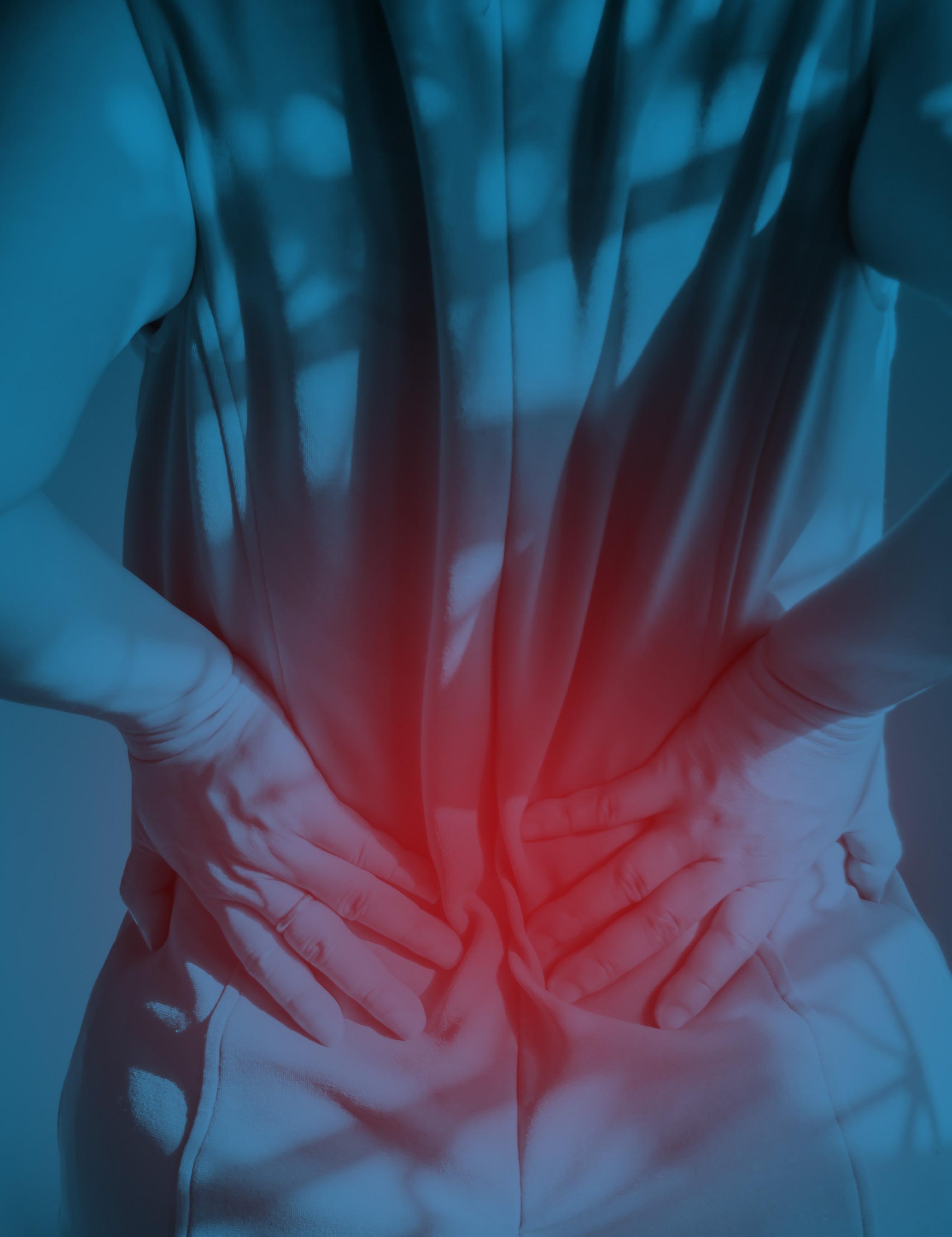
PEMFs were used twice a day for 2 weeks

• For nerve compression, the average time to pain relief and painless walking was 8 days in the PEMF group and 12 days in controls
• In the people with whiplash:
• 50% reduction in head pain.
• 70% reduction in neck pain.
• 67% reduction in shoulder/arm pain.
• The results would be expected to be even better with higher intensity PEMFs over a longer period. (Thuile)
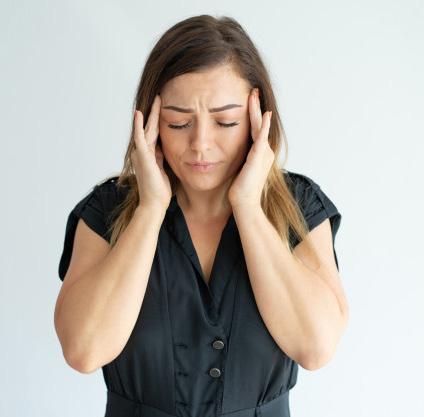


In another study, 20 people were treated with mediumintensity PEMFs of varying frequencies 20 minutes a day for 3 weeks and compared to a placebo group. Both groups also received standard medical care. The 2 groups were compared for pain levels, a disability score, and an objective sensory nerve function test. The pain level decreased by about half with PEMFs and only 17% with standard care. The disability level improved by 56% with PEMFs and 35% with only standard care. The PEMF group also had much better improvement in personal care, lifting, walking, sitting, standing, sleeping, social life, and ability to work. The PEMFs not only improved pain symptoms and function but also promoted repair and reversal of the nerve damage. (Omar)
PEMFs have also been shown to increase cellular repair in the spinal discs, meaning that PEMFs can be used not only to help heal damaged discs but may also be useful for preventing the breakdown of discs leading to lumbar disc disease. (Lee)
20 PEOPLE WERE TREATED WITH MEDIUM-INTENSITY PEMFS OF VARYING FREQUENCIES 20 MINUTES A DAY FOR 3 WEEKS AND COMPARED TO A PLACEBO GROUP
The 2 groups were compared for pain levels, a disability score, and an objective sensory nerve function test
The only officially approved treatment for fibromyalgia today, using medication, is not curative, has a wide range of side effects, and isn’t effective for everybody. However, evidence shows that PEMFs are helpful in reducing the unwanted symptoms of fibromyalgia in many cases.
In one study, patients suffering from fibromyalgia slept on a mattress pad embedded with medium-intensity static magnets for 16 weeks. Those who slept on the placebo, a nonmagnetized pad, showed unremarkable decrease in pain (1%), change in physical functioning (3%), or improvement in sleep (6%).
However, those who slept on the magnetized mattress pad showed a significant decrease in total pain of 12%, 30% improvement in physical functioning, and a decrease of 38% of average pain scores. Furthermore, those patients demonstrated a 37% improvement in sleep. Higher intensity PEMFs, whether used at night or through the day, would be expected to produce even better results. (Colbert)
Patients suffering from fibromyalgia slept with medium-intensity static magnets for 16 weeks

In another study using PEMFs, 56 women received either sham or active low-intensity PEMF for 30 minutes twice a day for 3 weeks. The PEMF group showed a 52% improvement in fibromyalgia scores versus 11% in the sham group and a 235% improvement in being able to function physically. About 64% of the active treatment group rated themselves as clinically improved compared to 21% of the sham treated individuals. In fact, the PEMF group felt significantly better than the sham group in body pain, vitality, social functioning, and emotional and mental health. Of the people who were treated with the sham device, 53% rated themselves as worse at the end
of the study. Two months after treatment ended, women had lost most of their treatment benefit. (Sutbeyaz)
Shorter studies - 7 weeks, for example - tended to show less significant results. This again demonstrates that PEMF therapy must often be continued over an extended time to be most effective and maintain benefit. Ideally, people with fibromyalgia should continue treatment until the problem has resolved. How long this would take is highly individual.
Body pain, vitality, social functioning, and emotional and mental health significant improvement
PEMFs have been found to be very helpful for headache. One study was done in people who failed treatment with acupuncture and medications. PEMF for 15 days reduced migraine, tension, and cervical (neck) headaches, lasting for up to 1 month after treatment. They had at least a 50% reduction in frequency or intensity headaches and needed fewer painkillers. PEMF treatment was most effective for tension headaches, with 88% of sufferers reporting excellent or good results. (Prusinski)
For migraine, PEMFs applied to specific acupuncture points on the inner thighs for at least 2 weeks are effective shortterm therapy. (Sherman) Longer term treatment leads to greater reduction of headache activity. One month after a treatment course, 73% of patients reported decreased headache activity versus 50% for sham treatment. Another 2 weeks of treatment after the 1-month followup gave an additional 88% decrease in migraine activity.
Chronic migraine also responds to PEMFs. Mediumintensity PEMFs applied on days people were migraine free resulted in significant decreases in the number of attacks and the length of the episode. One sufferer was even symptom free for 1 year after treatment. PEMFs were not as effective during attacks, so the study
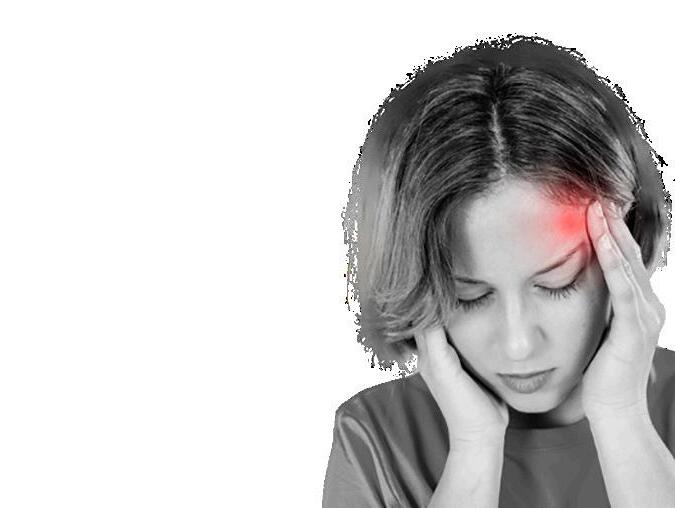
Peripheral neuropathy causes serious chronic pain most commonly in the hands and feet, decreasing independence and quality of life if left untreated. Because the causes of neuropathy vary significantly among individuals, identifying the most effective treatment - that is, the treatment that addresses the underlying causes of the neuropathy - can be exceptionally difficult. During this trial-and-error process of finding the most effective therapy, the person continues to suffer from severe nerve pain, loss of mobility, and other debilitating symptoms.
A number of studies have researched the effect of PEMFs on people with peripheral neuropathy. When treatment lasted longer than a few weeks, the results were similar across all studies:
● People with diabetic peripheral neuropathy who received 2 hours of PEMF per day for 3 months in one study showed a significantly greater reduction in neuropathy symptoms and pain scores over the placebo group. (Weintraub)
● People with more severe treatment-resistant carpal tunnel syndrome (CTS), another form of neuropathy, were administered PEMF over 10 months and showed big improvement in pain and other symptoms as well as improvement in nerve conduction tests. (Weintraub & Cole)
● People with complex regional pain syndrome (CRPS, one of the most severe and disabling forms of neuropathy and generally regarded as having poor treatment outcomes with traditional medicine, showed improvement in both pain and swelling in just 10 days of PEMF treatment. (Saveriano)
Several other studies have confirmed these outcomes. Results were more conflicting in short-term studies lasting just a few weeks or less. Some shorter studies showed improvement in pain and functioning; others showed no significant difference between the test group and the control group. Most people with peripheral neuropathy need longer term treatment to receive the best improvements in pain.

Musculoskeletal conditions and injuries are common; nearly every American will experience musculoskeletal pain or injury during their lifetime, and 15% will experience chronic lower back pain (Preszler). Despite physical therapy, surgery, rest, or other interventions, many people have persistent pain. Because the pain is chronic, prescription pain relievers aren’t a viable treatment option.
The efficacy of PEMFs in treating the pain associated with orthopedic or musculoskeletal conditions has been thoroughly studied. One study found that higher intensity PEMFs resulted in elimination or relief of pain in 90% to 95% of patients suffering from lumbar osteoarthritis. (Mitbreit) Perhaps most surprisingly, the relief can last: many people studied were still pain free 6 months after an initial course of treatment. Lower intensity PEMFs provide relief as well, although the level of relief is significantly less. (Rauscher)
Another study focused on a much broader test group that included patients with infections, fractures, osteomyelitis, sprains, strains, and other musculoskeletal conditions and found that PEMF treatment was successful in nearly 80% of patients. (Schroter)
While PEMFs have traditionally been used to treat fractures, osteoarthritis, and other conditions affecting hard tissue, they can be even more effective for soft tissue injuries. Rotator cuff tendonitis is a great example of a soft tissue condition that can be dramatically improved with the use of PEMFs. (Pilla)

Osteoarthritis (arthritis, or OA) is extremely common, painful, and disabling, so much so that the condition is a leading cause of disability among the elderly. Treatments traditionally offered to patients suffering from OA - though often ineffective - include periodic steroid or hyaluronic acid injections, physical therapy, pain medication, and, frequently in the end, joint replacement.
● In a study conducted by a rheumatology clinic, 75 patients with knee osteoarthritis were treated, some with an active PEMF and others with a placebo device. The active group showed significant improvement in pain, function, disability, and quality of life, but the same results were not achieved in the control group. (Pipitone)
Research has confirmed the great value of PEMFs in pain and symptom management for patients with osteoarthritis:
While studies found positive results with even short-term use of PEMFs, people who use PEMFs in the home setting do so for much longer periods, experiencing even greater results than those in study groups or the professional setting.
● In one small study conducted in Europe, 6 weeks of PEMF for only 8 minutes twice a day resulted in improvement in knee function and walking ability and decreased use of medication. (Pawluk)
● Another study on early knee osteoarthritis found a 60% reduction in pain scores within just 5 days of starting treatment that did not extend to the group that received the sham treatment. (Nelson)

Chronic pelvic pain syndrome, or CPPS, affects both men and women and is often disabling. Because so many conditions can contribute to pelvic and abdominal pain, the condition is difficult to diagnose and treat. The most common treatments recommended for CPPS include NSAIDs, antidepressants, heat, diet changes, lifestyle changes, and counseling. In some cases, surgery is required.
One study evaluated the efficacy of PEMFs on men with noninflammatory CPPS. They had 30 minutes of treatment once a week for 10 weeks. Most (12 out of 14) reported alleviation from pain, urination, or quality of life symptoms while receiving the treatment but no lasting effects beyond the time of treatment. Researchers suspect that the lack of lasting results can be explained by the short course of the treatment. PEMF treatment would have to be administered more frequently and for longer durations to promote cellular healing. (Leippold)
A second study examined the effect of PEMF treatment on women with gynecologic pelvic pain caused by ruptured ovarian cysts, postoperative pelvic hematomas, chronic urinary tract infection, uterine fibroids, endometriosis, and other conditions. Some 90% reported relief from pain within 1 to 3 days after PEMF treatment, eliminating the need for pain medications.
Although CPPS is exceptionally challenging to treat, prove to be a promising primary or supplemental treatment for better and faster recovery and pain management.
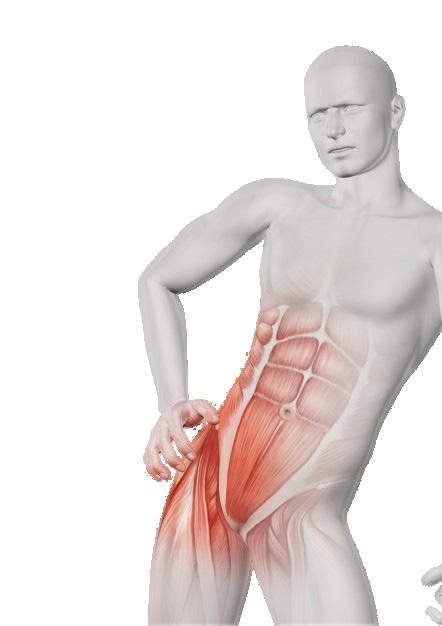
Although postoperative pain will never be unavoidable altogether - some pain is to be expected - doctors continue to seek non-narcotic methods of pain management. Narcotics are still standard postoperatively, a dangerous reality when 5% to 6% of patients who receive narcotics for the first time for surgery recovery become addicted and continue to fill their prescriptions long after recovery. Additionally, opioids are often accompanied by undesirable side effects leaving patients to choose between pain and other unwanted symptoms like nausea and constipation.
Significant research has been conducted to evaluate the effect of PEMFs in postoperative pain:
● One study was conducted on dogs after removal of ovaries and uterus. In this study, the dogs that received PEMF treatment after surgery (Group 2), PEMF combined with morphine after surgery (Group 3), and just morphine after surgery (Group 4) experienced similar results. All 3 groups showed a substantial decrease in pain score compared to the control group (Group 1), which received no morphine or PEMF treatment. (Shafford)
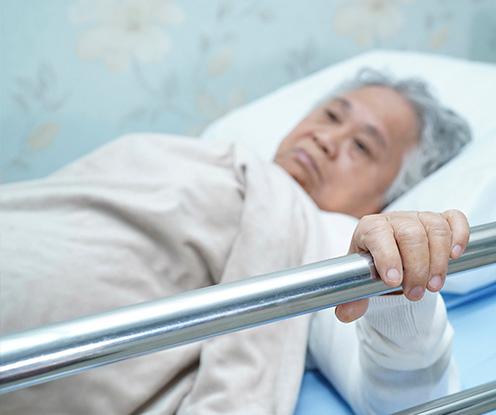

● Another study researched the impact of PEMFs on patients receiving breast implants. The patients who received active PEMF devices reported less pain and reduced use of pain medication than the group that used sham devices. (Hedén)
Likewise, PEMFs have been proven to reduce pain and dependence on narcotics following breast reduction surgery. (Reed)
● A study performed on patients following reconstruction of their anterior cruciate ligament in the knee found that those exposed to active PEMFs healed significantly faster than with a sham device, shortening their recovery time and limiting damaging inflammation in the joint. (Benazzo)
The incorporation of PEMFs into the postoperative treatment plan can assist with pain management and speed healing time and recovery and limit risks.
Despite the number of patients who seek care for shoulder pain every year, most don’t receive effective treatment; in fact, as many as 40% of patients still have pain a full 12 months after they first seek help for the problem. The most common treatments for shoulder pain include ice and topical pain relievers, NSAIDs, rest, physical therapy, and even surgery, which aren’t guaranteed to resolve the problem or relieve pain.
A study done on 46 patients with subacromial impingement syndrome (shoulder overuse) divided patients into 2 groups.
Both received pendulum exercises and cold packs 5 times a day, restriction of shoulder movement, and NSAIDs daily. The test group also received PEMF treatment 25 minutes per session 5 days a week for 3 weeks.
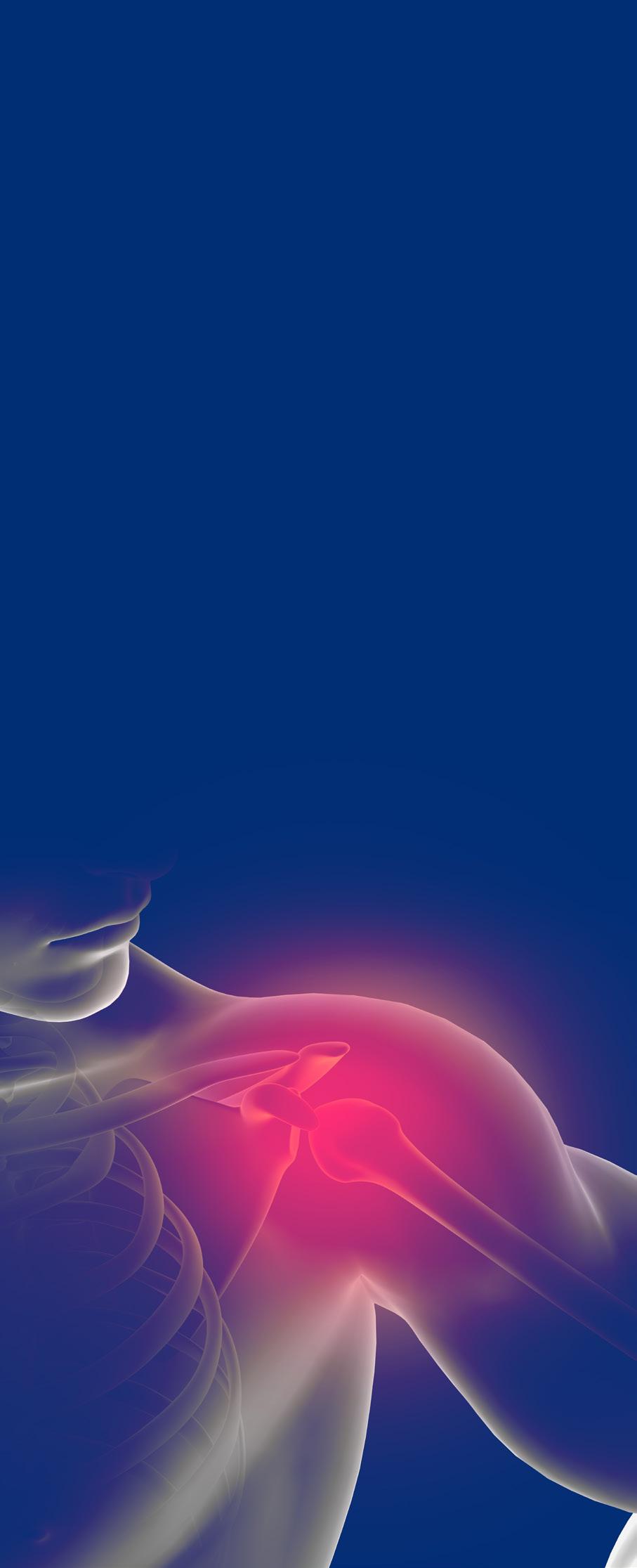



The control group received sham treatment. Overall, both groups achieved similar results, likely because of the short duration of the study and the number of treatments and interventions applied. But the active treatment group had an 85% reduction in pain-disturbing sleep versus only 41% in the sham group. (Aktas)
The value of PEMFs for the treatment of persistent rotator cuff tendinitis was tested in a double-blind controlled study in 29 patients whose symptoms didn’t respond to steroid injection and other conventional conservative measures. The treated group (15 patients) showed a significant benefit compared with the control group (14 patients) during the first 4 weeks of the study when the control group received a placebo. In the second 4 weeks, when all patients were on active coils, no significant differences were noted between the groups. This lack of difference persisted over the third phase when neither group received any treatment for 8 weeks. At the end of the study, 19 (65%) of the 29 patients were symptom free, and 5 others much improved. (Binder)
Other promising indications that have been studied include:
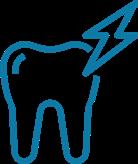
Pain management following dental bone grafting (Tesic)
Pelvic inflammatory disease
Endometriosis
Lower abdominal pain
Although awareness about the use of PEMFs for pain management is growing, most practitioners who manage pain don’t know enough about PEMFs to routinely incorporate them into treatment plans.
This means individuals experiencing pain will usually have to advocate for PEMF treatment on their own behalf or seek out alternative providers to include this treatment in their pain management and recovery from a surgery, illness, or injury.

There are a number of reasons why physicians and patients should put real thought into the use of PEMFs in the treatment of acute, chronic, and recurrent pain as well as inflammation and injuries. The most compelling reasons to use PEMFs as a first line of pain management include:
● PEMFs decrease pain and dependence on opioids across the board; evidence suggests that PEMFs are effective in pain management.
While much more research is needed to better understand the frequency, length of treatments, and strength of PEMF that would be most effective in each unique situation (postoperative pain versus musculoskeletal injury, for example), the best way to learn more about PEMF treatment is to begin using it as a low-risk first line of treatment for pain management.
If you’re wondering where to start, call Dr. Pawluk’s team today at 866-718-2604 to talk about what device may work best for your particular condition.
More information is available here:
● PEMFs haven’t produced undesirable side effects in any study or any indication, making them safe in improving patient comfort.
● PEMFs may be able to replace high-risk treatments like procedures and surgery, opioids, and longterm use of NSAIDs and the risks that accompany them like toxic side effects, addiction, and complications.
EDUCATION CENTER
https://www.drpawluk.com/category/education/ BLOGS
https://www.drpawluk.com/category/blog/
VIDEOS
https://www.drpawluk.com/category/videos/
WE’RE HERE TO HELP!
1. Aktas I, Akgun K, Cakmak B. Therapeutic effect of pulsed electromagnetic field in conservative treatment of subacromial impingement syndrome. Clin Rheumatol. 2007;26(8): 1234–1239.
2. Benazzo F, Zanon G, Pederzini L et al. Effects of biophysical stimulation in patients undergoing arthroscopic reconstruction of anterior cruciate ligament: Prospective, randomized and double-blind study. Knee Surg Sports Traumatol Arthrosc. 2008;16(6): 595–601.
3. Binder A, Parr G, Hazleman B, Fitton-Jackson S. Pulsed electromagnetic field therapy of persistent rotator cuff tendinitis. A double-blind controlled assessment. Lancet. 1984;1(8379):695–8.
4. Colbert AP, Markov MS, Banerji M et al. (1999) Magnetic mattress pad use in patients with fibromyalgia: A randomized double-blind pilot study. J Back Musculoskelet Rehabil. 1999;13: 19–31.
5. Giczi J, Guseo A. Treatment of headache by pulsating electromagnetic field a preliminary report. Hungarian symposium on magneto therapy, second symposium, 16–17 May, Szekesfehervar Hungary, P. 74–76, 1987.
6. Hedén P, Pilla AA. Effects of pulsed electromagnetic fields on postoperative pain: A double-blind randomized pilot study in breast augmentation patients. Aesthetic Plast Surg. 2008;32(4): 660–66.
7. Institute of Medicine of the National Academies. Complementary and Alternative Medicine in the United States. Washington, DC: The National Academies Press, 2005, p. 1.
8. Jorgensen WA, Frome BM, Wallach C. Electrochemical therapy of pelvic pain: Effects of pulsed electromagnetic fields (PEMF) on tissue trauma. Eur J Surg. 1994;160(574 Suppl): 83–86.
9. Lazar L, Farago A. Experiences of patients suffering from migraine type headache treated with magnetotherapy. Hungarian symposium on magnetotherapy, 2nd symposium, 16–17 May, Szekesfehervar Hungary, p.137–40, 1987.
10. Lee HM, Kwon UH, Kim H, et al. Pulsed electromagnetic field stimulates cellular proliferation in human into vertebral disc cells. Yonsei Med J. 2010;51:954–9.
11. Leippold T, Strebel RT, Huwyler M et al. Sacral magnetic stimulation in non-inflammatory chronic pelvic pain syndrome. BJU Int. 2005;95: 838–41.
12. Mitbreit IM, Savchenko AG, Volkova LP et al. Low-frequency magnetic field in the complex treatment of patients with lumbar osteochondrosis. Ortop Travmatol Protez. 1986;10: 24–27.
13. Nelson FR, Zvirbulis R, Pilla AA. Non-invasive electromagnetic field therapy produces rapid and substantial pain reduction in early knee osteoarthritis: A randomized double-blind pilot study. Rheumatol Int. 2013;33(8): 2169–73.
14. Omar AS, Awadalla MA, El-Latif MA. Evaluation of pulsed electromagnetic field therapy in the management of patients with discogenic lumbar radiculopathy. Int J Rheum Dis. 2012 Oct;15(5):e101–8.
15. Pawluk W, Turk Z, Fischer G, Kobinger W. Treatment of osteoarthritis with a new broadband PEMF signal. Presentation. 24th Annual Meeting of Bioelectromagnetics Society, Quebec City, Quebec, Canada, June 2002.
16. Pilla AA. Nonthermal electromagnetic fields: From first messenger to therapeutic applications. Electromagnet Biol Med. 2013;32(2): 123–36.
17. Pipitone N, Scott DL. Magnetic pulse treatment for knee osteoarthritis: A randomised, double-blind, placebo-controlled study. Curr Med Res Opin. 2001;17(3): 190–96.
18. Preszler RR. A non-invasive complementary method of reducing chronic muscular low back pain using permanent magnetic therapy. Master thesis, Physician Assistant Studies, University of Nebraska School of Medicine, Physician Assistant Program, Lincoln, Omaha, NE, 2000.
19. Prusinski A, Wielka J, Durko A. Pulsating electromagnetic field in the therapy of headache. In Second Symposium on Magnetotherapy, Szekesfehervar, Hungary, May 1987. J Bioelectr. 1987;7(1): 127–128.
20. Punnonen R, Gronroos M, Luikko P et al. The use of pulsed high-frequency therapy (Curapuls) in gynecology and obstetrics. Acta Obstet Gynecol Scand. 1980;59(2): 187–88.
21. Rauscher E, Van Bise WL. Pulsed magnetic field treatment of chronic back pain. 23rd Annual Meeting of Bioelectromagnetics Society, St. Paul, MN, June 2001. Abstract 6-3:38.
22. Reed MW, Bickerstaff DR, Hayne CR, Wyman A, Davies J. Pain relief after inguinal herniorrhaphy. Ineffectiveness of pulsed electromagnetic energy. Br J Clin Pract. 1987;41(6): 782–84.
23. Saveriano G, Ricci S. Experiences in treating secondary post-traumatic algodystrophy with low-frequency PEMFs in conjunction with functional rehabilitation. In International Symposium in Honor of Luigi Galvani, Bologna, Italy. J Bioelectr. 1989;8(2): 320.
24. Schroter M. Conservative treatment of 240 patients with magnetic field therapy. Medizinisch-Orthopadische Technik. 1976;2: 78.
25. Shafford HL, Hellyer PW, Crump KT et al. Use of a pulsed electromagnetic field for treatment of postoperative pain in dogs: A pilot study. Vet Anaesth Analg. 2002;29(1): 43–48.
26. Sutbeyaz ST, Sezer N, Koseoglu F et al.Low-frequency pulsed electromagnetic field therapy in fibromyalgia: A randomized, double-blind, sham-controlled clinical study. Clin J Pain. 2009;25(8): 722–28.
27. Tesic D, Djuric M, Pekaric-Nadj N et al. PEMF aided pain reduction in stomatology. 21st Annual Meeting of Bioelectromagnetics Society, Long Beach, CA, June 1999. Abstract P-141: 157.
28. Thuile C, Walzl M. Evaluation of electromagnetic fields in the treatment of pain in patients with lumbar radiculopathy or the whiplash syndrome. Neuro Rehabil. 2002;17:63–67.
29. Weintraub MI, Cole SP. A randomized controlled trial of the effects of a combination of static and dynamic magnetic fields on carpal tunnel syndrome. Pain Med. 2008;9(5):493–504.
30. Weintraub MI, Herrmann DN, Smith AG et al. Pulsed electromagnetic fields to reduce diabetic neuropathic pain and stimulate neuronal repair: A randomized controlled trial. Arch Phys Med Rehabil. 2009;90(7):1102–09.

